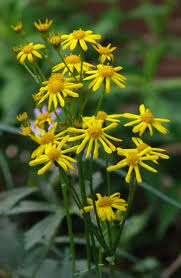
*Packera
aurea.
Golden ragwort. The first yellow composite to
bloom in the spring. Beloved by bees and butterflies, this spring
native will
seed around but can be deadheaded easily. Sun or shade, dry or wet,
this one is
easy anywhere. 1-2’
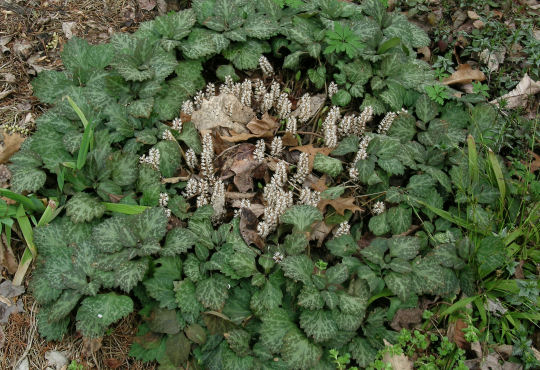
*Penstemon
digitalis ‘Husker Red’. Beardtongue.
Burgundy foliage and white
flowers in May and June. A good cut flower. 2-3’ Dry soil and full sun.
Seed.
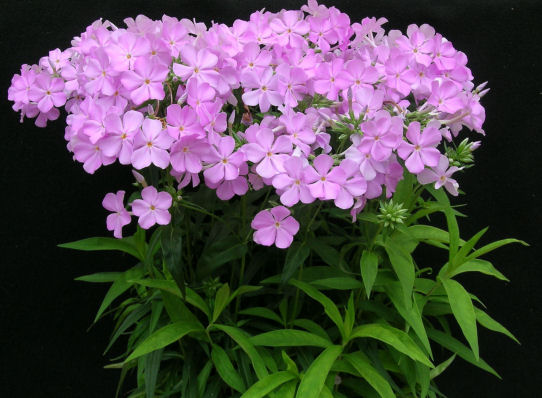
*Phlox carolina ‘Rose Bouquet’ PP #30,221. This pink May and June blooming selection of a native southern phlox has no mildew, unlike the border phlox. Blooming over a long period, it attracts butterflies. 14-18” Propagation by divisions of the stem and roots. Sun and medium moist soil. For more information see theprimrosepath.com.
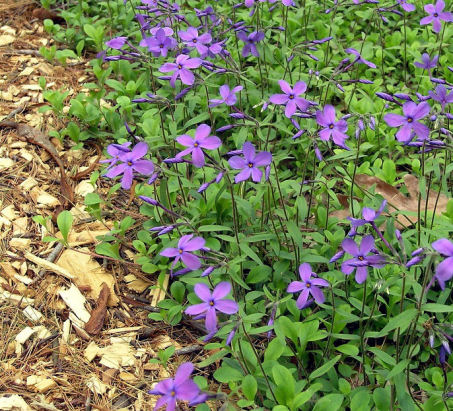
*Phlox
stolonifera. Creeping
phlox. In forms pink, blue,
white and purple this woodland groundcover spreads slowly. Blooming at
each
node, the flowers are 6-8” tall. April and May. Root the stolons at
each node.
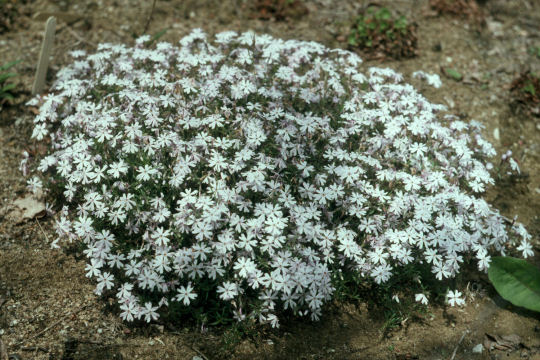
*Phlox
subulata. Moss
phlox. An evergreen groundcover for full sun,
moss phlox comes in dozens of shades of pink and white. Sandy, dry soil
suits
it.4-6” in bloom. Root stem cuttings in August.
*Phlox
paniculata. Border
phlox. The genus phlox is the
greatest gift to horticulture from North America.. More than 600 named
cultivars of this single species have been named, many in England. Yet
this
wild plant can be found blooming along the bike trail in September. Sun
or
shade, this plant wants a moist soil and has been called the mainstay
of the
summer border. Keep it moist to avoid mildew and deadhead to avoid
unwanted
seedlings which revert back to magenta.
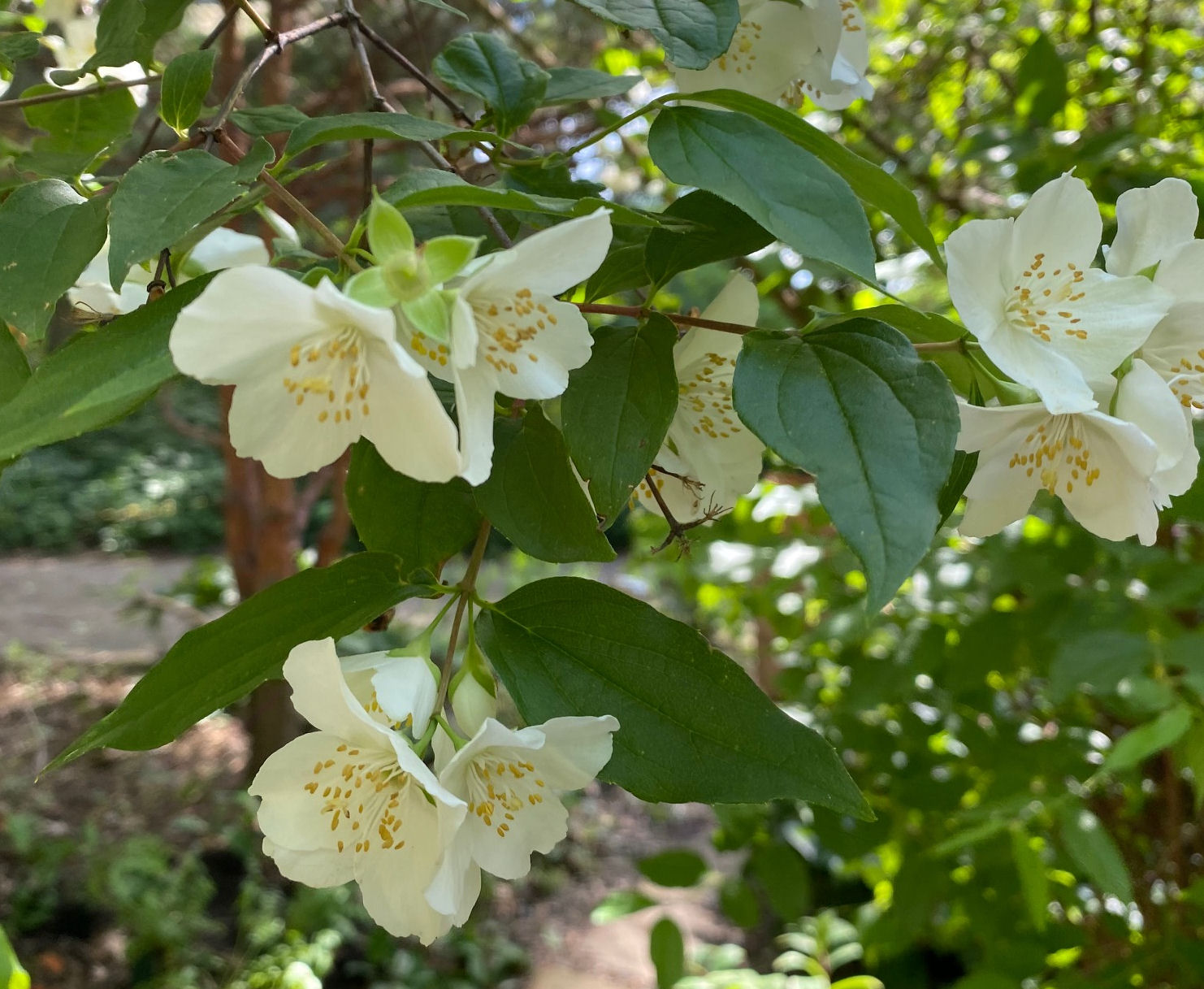
Philadelphus
coronarius.
Mock orange. Sweet smelling of citrus, mock orange
grows to 8’ and spreads as far as it can. A dense deciduous shrub, it
enjoys
full sun or part shade and moist but well-drained soil. Grow from root
cuttings
in fall.
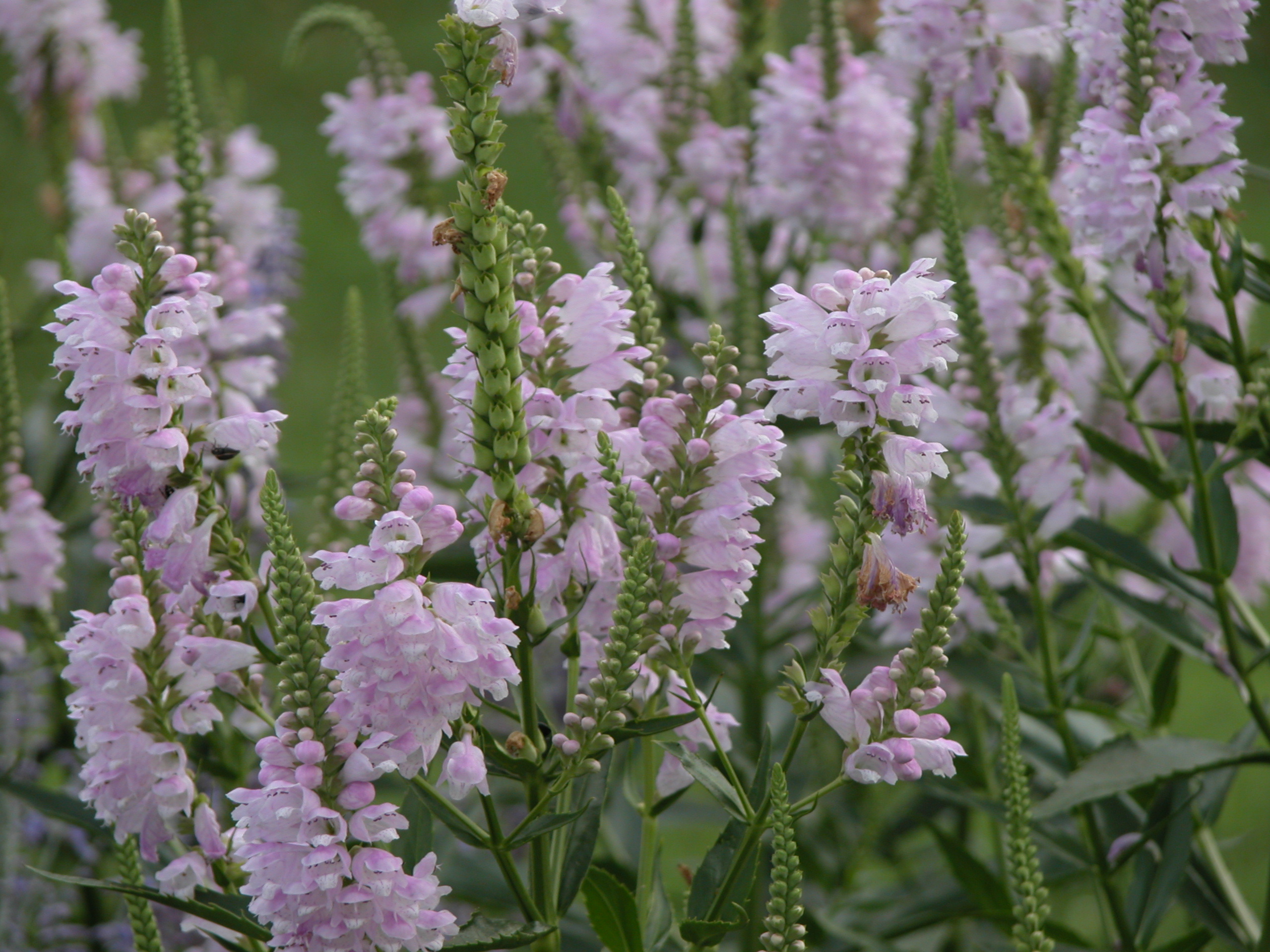
*Physostegia
virginiana ‘Vivid’.
Obedient plant. Selected for the
vibrant pink flowers, “Vivid” blooms at 2’ in late summer. Give it
moist soil
and full sun. Divide the shoots in the spring. Easy from seed.
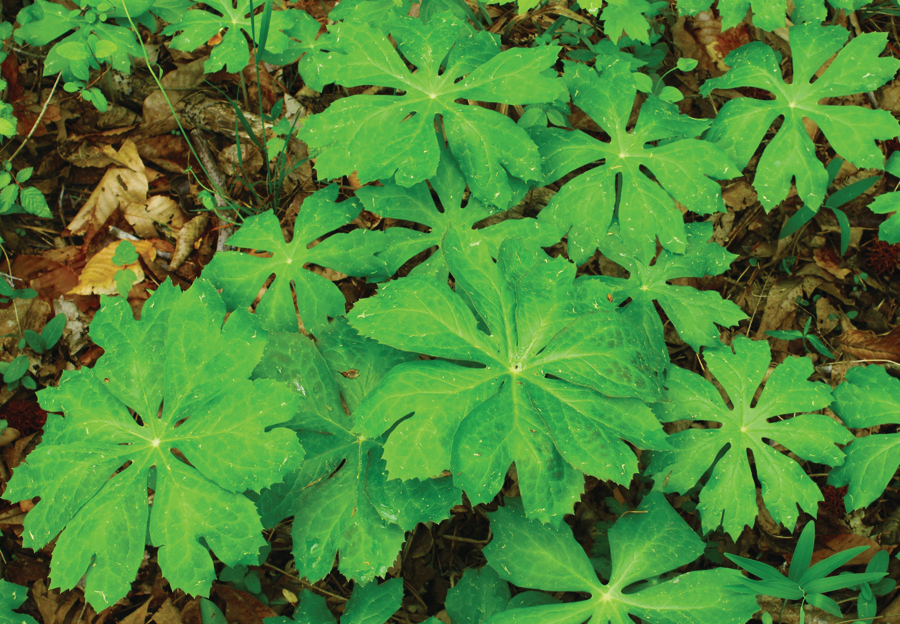
*Podophylum
peltatum.
Mayapple. One of our three native fruits (the
others are pawpaw and persimmon) Mayapples lurk underground before
shouldering
their way into the spring woodland. Spreading from underground
rhizomes, the
green umbrellas spread their leaves in May and then disappear for
another year.12”
Turtles eat the fruits and spread the seeds.
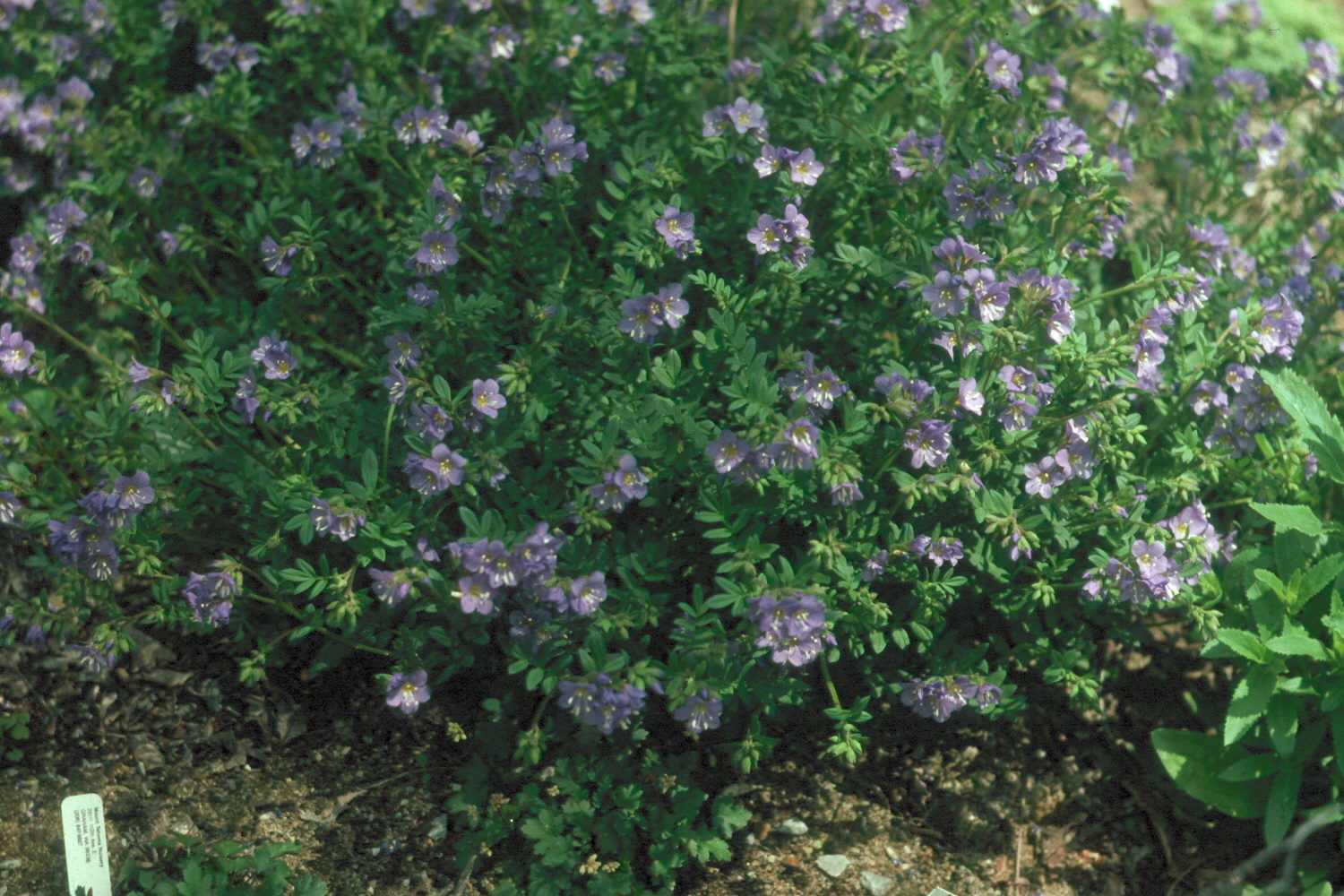
*Polemonium
reptans.
Jacob’s ladder. Clusters of blue flowers in April
and May top this spreading groundcover with ferny, pinnate leaves.
Blooming at
12”, it spreads by seed and rhizomes.
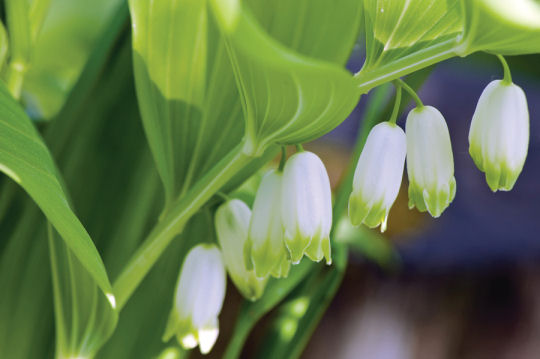
*Polygonatum
canaliculatum. Solomon’s
Seal. This tall native sports
small white flowers in clusters hanging from the arched stems. It has
real
presence in the shady or part sunny garden. The smaller P.
biflorum offers the same structure. Spreads by underground
roots.
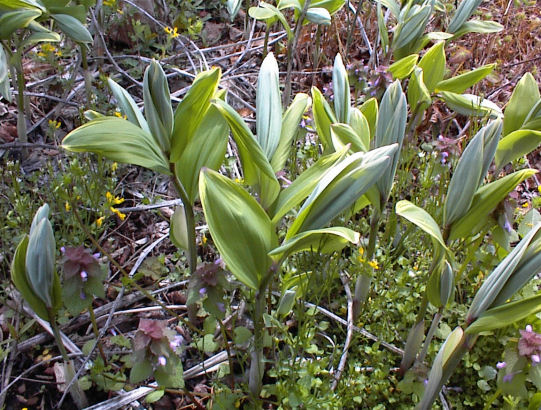
Polygonatum falcatum.
Fragrant variegated Solomon’s Seal. White margins
edge the leaves of this east Asian perennial, which also features the
hanging
bells. Enjoy the fragrance.Blooms in April on 2’ arching stems.
Division by
roots.
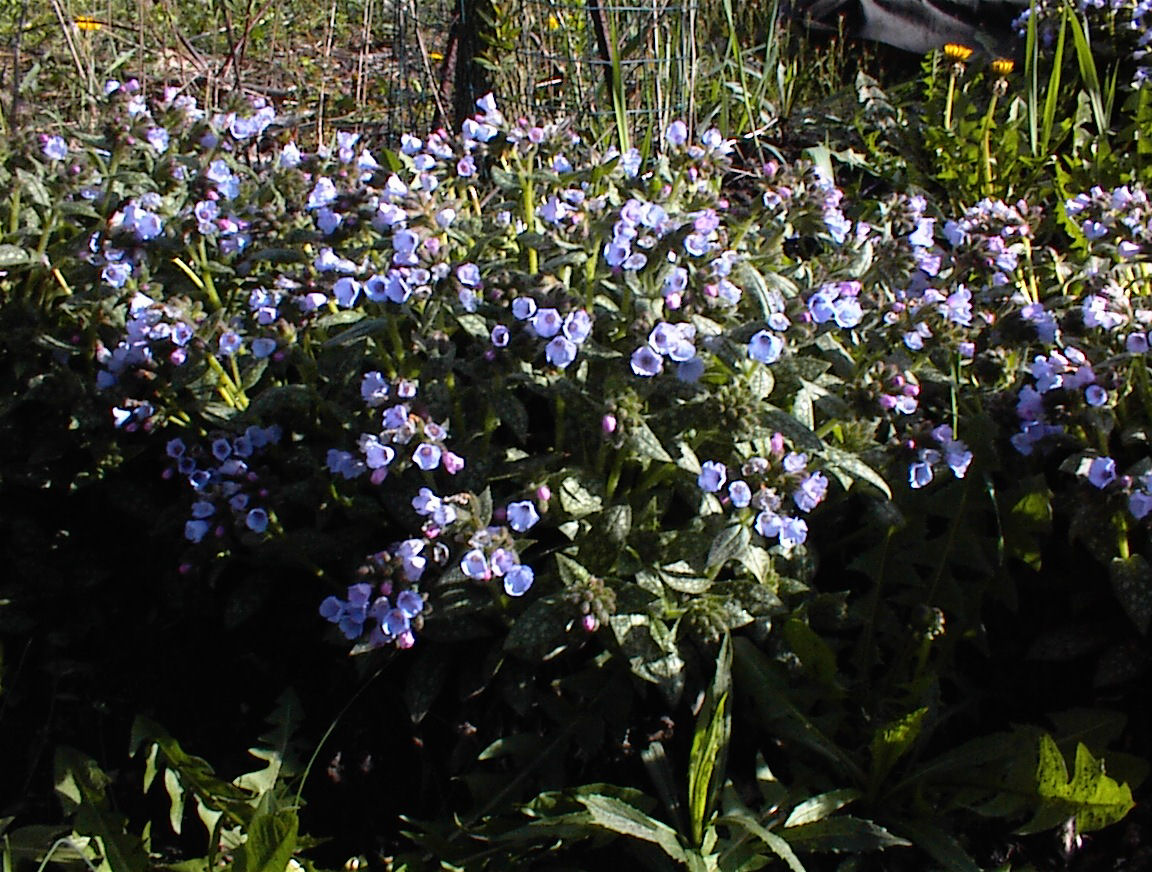
Pulmonaria
saccharata.
Lungwort. Spotted leaves appear early in March, followed
by blue borage-type flowers in April. The leaves make a fine
groundcover on the
10” plants. Easy from seed or divisions in fall.
*Pycnanthemum
muticum.
Mountain mint. Silver leaves and small pink flowers
attracted more pollinators on this plant than any other in the Penn
State
Pollinator Trials. The leaves make a delicious tea. The plants grow to
4’ and
spread, as do all mints. Blooms all summer.